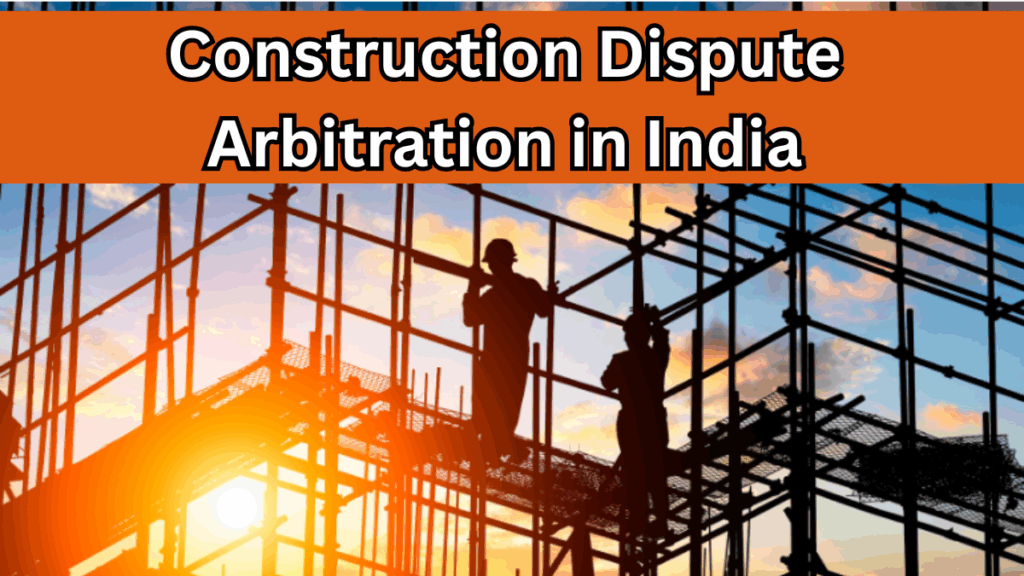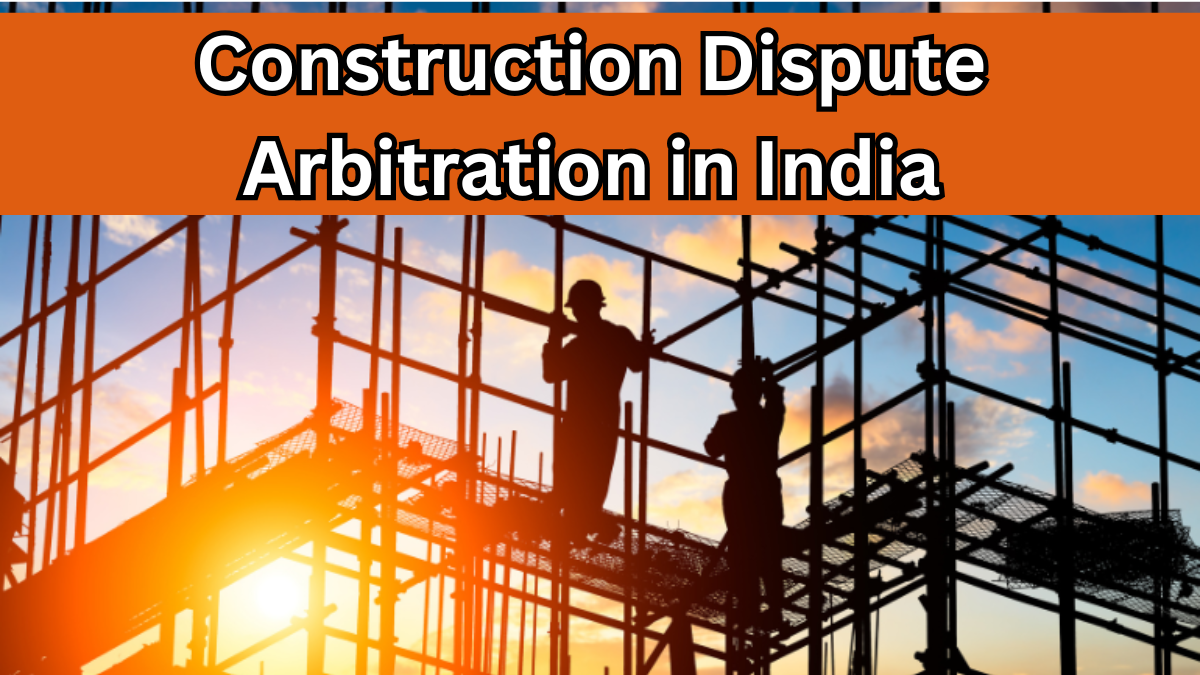The construction industry in India is one of the fastest-growing sectors, but with growth comes conflict. From project delays to cost overruns, real estate disputes and construction disagreements are becoming increasingly common. To address these efficiently, Construction Arbitration in India has emerged as a trusted mechanism for resolving conflicts without dragging them through lengthy court battles.
The 2025 rules bring fresh reforms aimed at making arbitration faster, more transparent, and more effective for stakeholders in the construction and real estate sectors.

Why Is Arbitration Important for Construction Disputes?
Traditional litigation is often slow, expensive, and complex—especially when dealing with large-scale infrastructure projects. Arbitration offers an alternative that prioritizes speed, cost-effectiveness, and confidentiality.
Here’s why Construction Arbitration in India is gaining traction:
-
Faster resolution: Arbitration timelines are now strictly monitored.
-
Cost-effective: Lower legal and administrative costs compared to court litigation.
-
Confidentiality: Sensitive project details remain private.
-
Industry expertise: Arbitrators often have technical knowledge in construction and real estate.
Key Highlights of the 2025 Arbitration Rules
The new rules for Construction Arbitration in India aim to streamline the dispute resolution process. Here’s what you need to know:
Time-Bound Proceedings
-
All arbitration proceedings must now be concluded within 12 months.
-
Extensions are possible but require strong justification and approval.
Expert Panels for Real Estate Disputes
-
Specialized panels with architects, engineers, and real estate professionals will handle complex real estate disputes.
-
This ensures that decisions are based on technical as well as legal grounds.
Digital Submissions
-
Parties can now submit documents and evidence through a secure online portal.
-
Virtual hearings are encouraged to save time and travel costs.
Interim Measures
-
Tribunals can now grant urgent interim relief, such as stopping project work or securing payments, before the final award.
A Quick Comparison: Arbitration vs Litigation for Construction Disputes
| Aspect | Arbitration | Litigation |
|---|---|---|
| Timeframe | 12–18 months | 3–5 years or more |
| Cost | Moderate | High |
| Privacy | Confidential | Public record |
| Expertise | Arbitrators with industry knowledge | Judges (general legal expertise) |
| Flexibility | High – customized process | Low – bound by court rules |
How Do These Rules Benefit Stakeholders?
These reforms are a game-changer for construction companies, contractors, and property developers.
-
For developers: Quick dispute resolution means projects won’t face indefinite delays.
-
For contractors: Fair and timely decisions on payment disputes.
-
For buyers: Faster settlements of real estate disputes, ensuring timely possession of property.
4 FAQs
What types of disputes can be resolved through Construction Arbitration in India?
Disputes related to project delays, cost escalations, contract breaches, and real estate disputes are commonly resolved through arbitration.
Are arbitration awards legally binding?
Yes, arbitration awards are enforceable in India under the Arbitration and Conciliation Act, 1996.
Can parties appeal an arbitration award?
Appeals are limited and can only be made on specific grounds like procedural irregularities or violations of natural justice.
How do the 2025 rules make arbitration faster?
By enforcing strict timelines, encouraging virtual hearings, and reducing procedural bottlenecks, arbitration has become quicker and more efficient.
Final Thoughts
With the 2025 reforms, Construction Arbitration in India has become more structured, time-bound, and user-friendly. For those dealing with real estate disputes or large-scale construction conflicts, arbitration now offers a practical path to resolution without the prolonged stress of court litigation.
Click here to learn more
